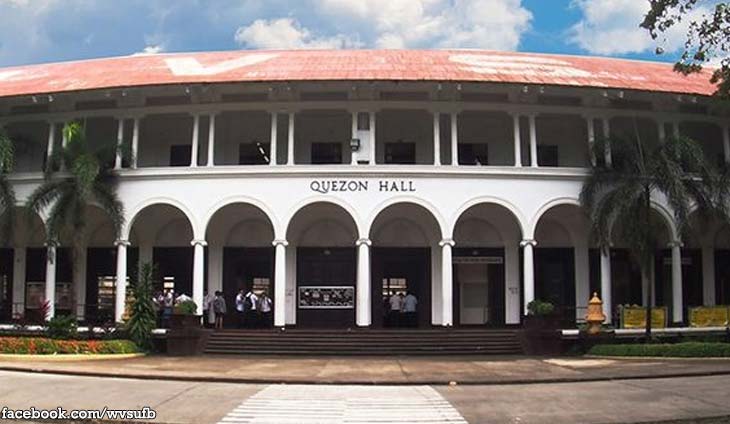A GIFT TO EDUCATION: Restoration of WVSU’s Quezon Hall Nears Completion

West Visayas State University(WVSU) hosts this year's State Universities and Colleges(SUC) Fair in Iloilo City. SM City Iloilo is taking part in this annual gathering of state universities and colleges from different regions in the country as it will serve as venue of the event's series of activities including the Fair on Innovation, Research, and Extension Services. Photo shows the Quezon Hall, the main and the oldest building of WVSU.
Barely eight months after restoration began, the century-old Quezon Hall, or Bulwagang Quezon, at West Visayas State University on Luna Street, La Paz, Iloilo City, is ready to showcase its restored glory to the public.
According to WVSU President Joselito Villaruz, the adaptive restoration of the heritage school building is now 97 percent complete. It is set to be turned over to the university by the Henry Sy Foundation and SM Foundation, which funded the project.
“To the stakeholders of West Visayas State University, we are finally about to reopen Quezon Hall. And I have one prayer for everyone: we need to take care of it because we seldom get sponsors and benefactors who can help us repair and restore our buildings. The students, faculty, and staff should be mindful of how they use the facility,” said Villaruz.
Then known as the Iloilo Normal School, Quezon Hall’s construction began in 1919, and after several phases, it was completed in 1926. The building was originally made of reinforced concrete with a two-story main structure featuring galvanized iron roofing, and two one-story wings with tile roofing over asphalt felt.
Villaruz shared that when they submitted the proposal to the SM Foundation, the building was in poor condition, particularly the ceilings, flooring, and windows. He added that for years, it had not received much attention. Although they had been able to renovate and restore some areas, major repairs and rehabilitation were clearly needed.
Quezon Hall was built in the neoclassical architectural style, characterized by grandeur of scale, simplicity in geometric forms, Greek or Roman details, and the dramatic use of columns. This imposing structure features a large lobby on both the ground and upper floors, extending across the front of the building, highlighting the architect’s concern for public convenience.
“We are very fortunate to have forged a partnership with the SM Foundation for this project, and we are now witnessing the fruits of the building’s restoration. We hope it will be as grand as it was in the 1920s and restore its old glory as an impressive landmark within the university,” he expressed.
The restoration project underwent a rigorous process, including approval from the National Historical Commission of the Philippines (NHCP).
Villaruz expressed the university’s deep gratitude to SM for their help and noted that aside from the restoration of Quezon Hall, they are also assisting the WVSU Medical Center, specifically with improvements to areas like the pediatric ward.
“We share a common vision with SM—people helping people. SM is a long-term partner of WVSU,” Villaruz added.
Villaruz highlighted two significant impacts of the project. First, the preservation of cultural and historical heritage. Second, the use of the building for academic purposes, especially now that the university is facing a shortage of classrooms.
Quezon Hall serves all colleges within the university but is maintained and operated by the College of Arts and Sciences. It houses 24 classrooms, excluding faculty rooms and offices.

